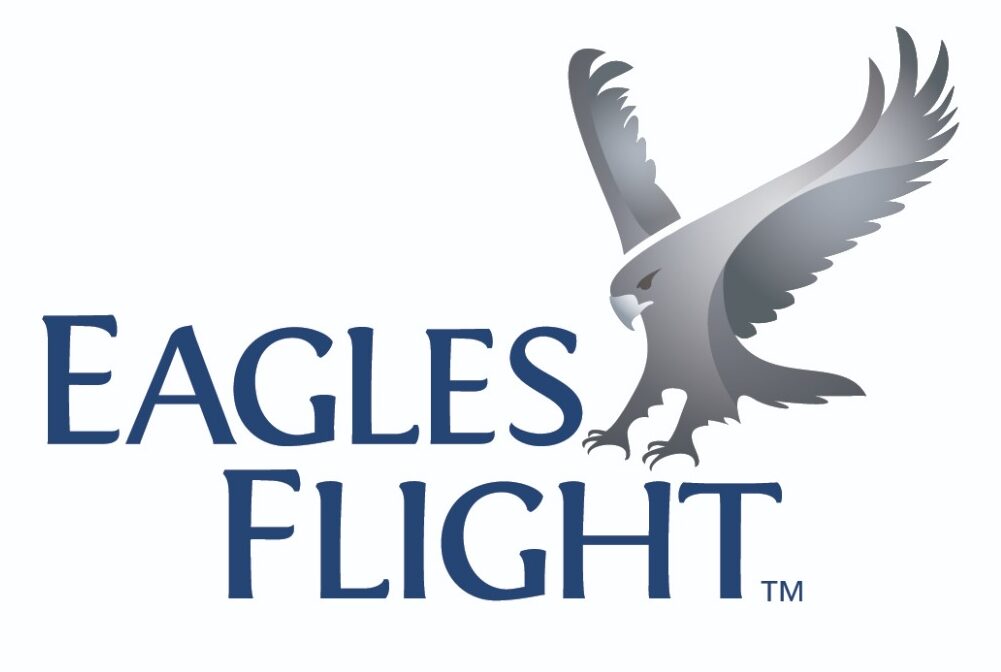- Training and Development
- Eagles Flight Asia
- 29 January 2024
3 HR Practices to Redesign in 2024

One of the most fundamental goals of any human resources department is to create a healthy, sustainable cycle of attracting, training, and retaining talent. Each part of this cycle must achieve the balance of fostering a healthy work culture and growing a profitable business. There is much conversation about adopting more people-centric approaches to talent development. Some experts are challenging traditional approaches to hiring and developing the workforce, such as performance appraisals or hiring for potential rather than experience.
In this blog, we’ll be exploring three human resources and talent management practices, and how they can be revamped for the evolving workplace in 2024.
1. Onboarding
Effective onboarding sets the tone for an employee’s entire journey within an organization. In 2024, it’s essential to move beyond the standard orientation process and focus on building lasting connections from day one. Listening to an HR manager parroting presentation slides about company values and benefits is no longer going to cut it. The onboarding process needs to be immersive, tailored, and relatable to the new hire.
Try These:
Spread Onboarding Out: Don’t fit all onboarding information in one day. Spread out a few hours each week for a month or more to orient new hires to the various aspects of the company and their place in it.
Re-Onboard Existing Employees: Giving “refresher” onboarding sessions to existing employees is a good way to re-engage and connect people, especially those who have been working remotely.
Personalized Instructional Plans: Tailor onboarding processes to individual roles, ensuring that employees receive relevant information and training based on their specific responsibilities.
Mentorship Programs: Implement mentorship programs to facilitate a smoother transition for new hires, providing a support system and fostering a sense of belonging. Onboarding should not just be HR’s responsibility; it must be supported and shared by supervisors whom new hires will be working with directly.
2. Performance Reviews
Some experts argue that traditional annual performance reviews are becoming outdated, suggesting that consistent check-ins provide better support for employee performance. There are pros and cons to just doing annual performance reviews or just conducting weekly check-ins. Bottomline, the review process must be fair and transparent, focusing on the objectives of improving performance, the outcomes expected, and the wellbeing of the employee. In 2024, shift towards a feedback model that empowers employees and promotes growth.
Try These:
Regular Check-Ins: Schedule frequent one-on-one check-ins between managers and team members to discuss goals, progress, and challenges, creating an open line of communication.
Employee Development Plans: It’s not just about alignment between leader and employee. It’s about designing a pathway for the employee’s growth that pursues his or her career aspirations while meeting the company’s needs.
Outcome-Based Assessments: Set clear, measurable, and actionable goals that map out the employee’s contributions to the company’s growth.
3. Training and Upskilling
With the dizzying pace of technological advancements, continuous learning and training to complement AI are more pronounced than ever. Some organizations are prioritizing internal reskilling and upskilling over outright talent acquisition. In 2024, redefine training and upskilling strategies to align with the evolving demands of the business landscape.
Try These:
Build-to-Apply Skills Approach: Training for soft skills and technical skills is important, but employees need a clear path on how they’re expected to apply what they’ve learned. Design training programs that have a clear connection with the organization’s goals, the employee’s routines, and other performance-related expectations. Build skills that can be applied easily to where they’re needed.
Experiential Learning: Learning by doing is an impactful and sustainable way to train employees. Boost your workforce’s skills through immersive activities, simulations, and experiences that drive behavior change.
Personalized Learning Paths: Develop personalized learning paths based on employees’ skills, interests, and career aspirations, fostering a culture of lifelong learning.
Microlearning Modules: Implement bite-sized, easily digestible training modules that cater to employees’ busy schedules, promoting ongoing learning without overwhelming them.
Final Thoughts
Huma resource practices must be adapted to the changing dynamics of the workplace. Navigating 2024 and managing the needs of the business require a rethinking of the three crucial talent management practices of onboarding, performance reviews, and training. By implementing these actionable insights in your organization, you can build a resilient and adaptive workforce, positioning them for success in the years to come. The key is to stay agile, continuously reassess practices, and foster a culture of initiative and improvement in a way that contributes to the company’s goals and employees’ well-being.
Mindset is everything.
—–
Eagles Flight Asia is a leading experiential learning provider across Singapore and the Asia Pacific region. We provide learning & development and behavior change programs around culture, leadership, change management, onboarding, employee engagement, and more.
The Eagles Flight brand of experiential learning engages and challenges all levels of participants, delivering a competitive edge to all sizes of organizations through behavior change that leads to improved performance.
